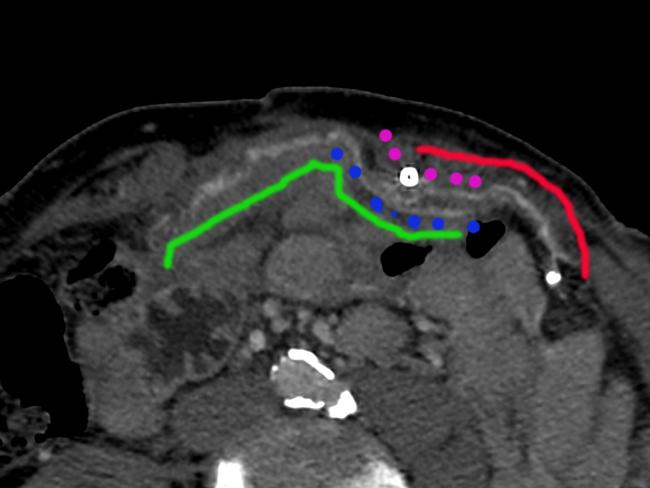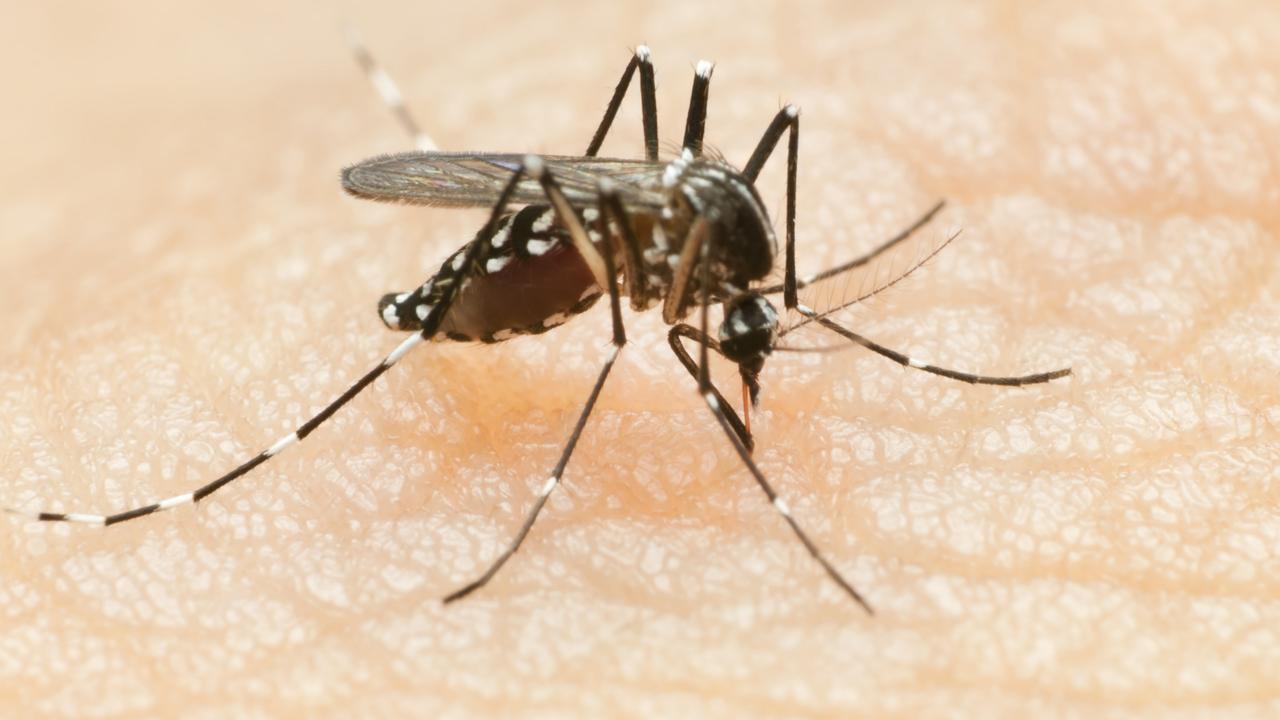Other side of America’s ‘zombie drug’ epidemic
THOUSANDS of people are falling victim to a painkiller 1000 times stronger than morphine — but some argue the solution is to prescribe more drugs, not less.

JOHN David Ball lives in excruciating pain every day.
He’s a designer who holds three degrees and used to make a six-figure salary, but these days he can’t go to work because he can’t think through the pain.
Some days, the 60-year-old can’t even walk to the front door, and his livelihood depends entirely on powerful painkillers.
In August this year, news.com.au reported America is in the grips of an opioid epidemic, with thousands of people dying from overdoses across the country.
Arguably, the drug epidemic is a symptom of a health system run as an industry instead of a service, where pharmaceutical companies wield enormous power over regulators, hospitals and medical staff alike.
In fact, Louis Theroux’s new documentary, Heroin Town, reveals one in four adults in the city of Huntington in Virginia is addicted to heroin or some form of opiate.
Almost all of them started the same way: they started with legitimate pain, went to the doctor, got legal prescriptions, and became addicted.
However, since legal prescriptions can’t continue indefinitely, many eventually turn to illegal drugs like heroin, which is cheaper and more readily available.
The issue has evoked a powerful response from news.com.au readers, with a number of people getting in touch from the United States to explain their perspective.
They insist there’s another side to the story.

People like Mr Ball, for example, just want a normal life.
He has several chronic medical issues, including severe back pain, but he told news.com.au it can be extremely difficult to get hold of the right drugs.
“People don’t get that (for) pain patients, the high feeling is normal,” he said. “I can deal with my life, if I get help with the pain.”
He said once he went to his local hospital, desperately seeking help, but was turned away because “the doctor said he thought I was just looking for drugs”.
He claimed he spent six years on pain management, taking morphine every day.
“That gave me the ability to be a number one Macintosh sales man and raise two toddlers at the same time,” he told news.com.au.
Eventually, however, his doctor told him enough was enough, and cut his dose.
“I went from a viable, intelligent human being to a man who fights for pain relief. That's my whole life. I’m in too much pain to do anything. Except exist.”
Connie Bell, from Florida, has had a similar experience.
She was prescribed opiates in 2011 when she found herself unable to get out of bed due to severe pain from her arthritis.
“What I pay for my meds is outrageous and I do everything I need to do be legal. But pharmacies treat me like a second-hand citizen when the country cracks down on prescriptions due to the people in the street that abuse,” she told news.com.au.
“It’s all about the money,” said Pam, who chose to withhold her surname.
“There is no help for those of us suffering from debilitating incurable diseases that cause severe pain — we are being abused, degraded, stigmatised, discriminated against and treated like criminals.”
Pam describes her symptoms like someone continuously beating her back with a bat, ice picks chipping away at her hips, electric shocks running down her legs, and burning ropes being tied around her ankles.
“Opioids were my last resort and I was given a quality of life,” she said.
However, in April, her doctor cut back her dose and sent her on her way.
“I am living in a tortuous hell.”

Mr Ball acknowledged opioids are claiming the lives of hundreds of his fellow Americans, but said he still thinks it needs to be easier for people battling chronic pain to access legally-prescribed painkillers.
“To be frank with you, if a drug abuser dies, too bad,” he said.
“When a person in pain has to live with that pain to save the life of a scum bucket? See where I’m coming from? The good suffer so the bad can live.”
The trouble is while safe and legitimate options do need to be made available for people with chronic pain, they’re highly addictive.
According to America’s Centre for Disease Control and Prevention (CDC), almost two million Americans abuse or are dependant on prescription opioids.
Heroin use has more than quadrupled in the United States since 2010, and nearly three out of four users report taking prescription opioids prior to using.
Meanwhile, the CDC said use of fentanyl — a synthetic drug 1000 times stronger than morphine — more than doubled across the country between 2014 and 2015.
The CDC said the issue is a “crisis” which will continue to expand in size and scope across the country until something changes.




